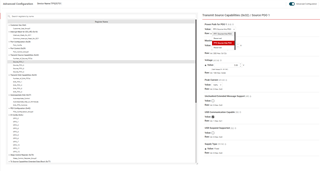Other Parts Discussed in Thread: BQ25792
Tool/software:
Hello!
We are currently investigating a solution for a product.
I have come across the TPS+BQ implementation for USB PD and wanted to ask some questions.
But first up some design goals:
- 4S (13,6-16,8V) Battery max charge current 2,75A
- max System load 100W - (6,25-7,4A discharge through SysFet)
- USB-C PD compliant
- Sink: max 100W if availabe
- Source: 60W max
1. The first question we have is why the TPS needs an additional 5V supply when the BQ could just provide that? When is this 5V supply loaded? Only for the 5V 3A USB-PD sources or just for the BC1.2? Why doesnt the TPS just request 5V from the BQ in USB OTG mode?
This would save some boardspace, cost and added complexity.
Additionally: when is the 5V needed to be present? Is there a way to configure the GPIOs of the TPS to disable/enable the 5V converter only when its needed?
We imagined to have a simple system where our load is supplied by the Vsys output of the BQ, switched by a hard power button with no uC running in standby.
We would have liked to have a single 5V converter (we are very weigth/space constrained) which would supply the TPS/USB and our main uC load. However this would mean that the 5V wouldnt be availabe when the device would be switched off. So USB - PD source only avaiable when the device is on. Is this possible? (we want to have low parasitic drain and dont want to have a 5V stepdown running all the time)
2. What happens if a too low wattage USB-PD source is connected? Does the TPS configure the BQ to just draw whats availabe?
Thanks and have a nice day
Stephan Schwarz




